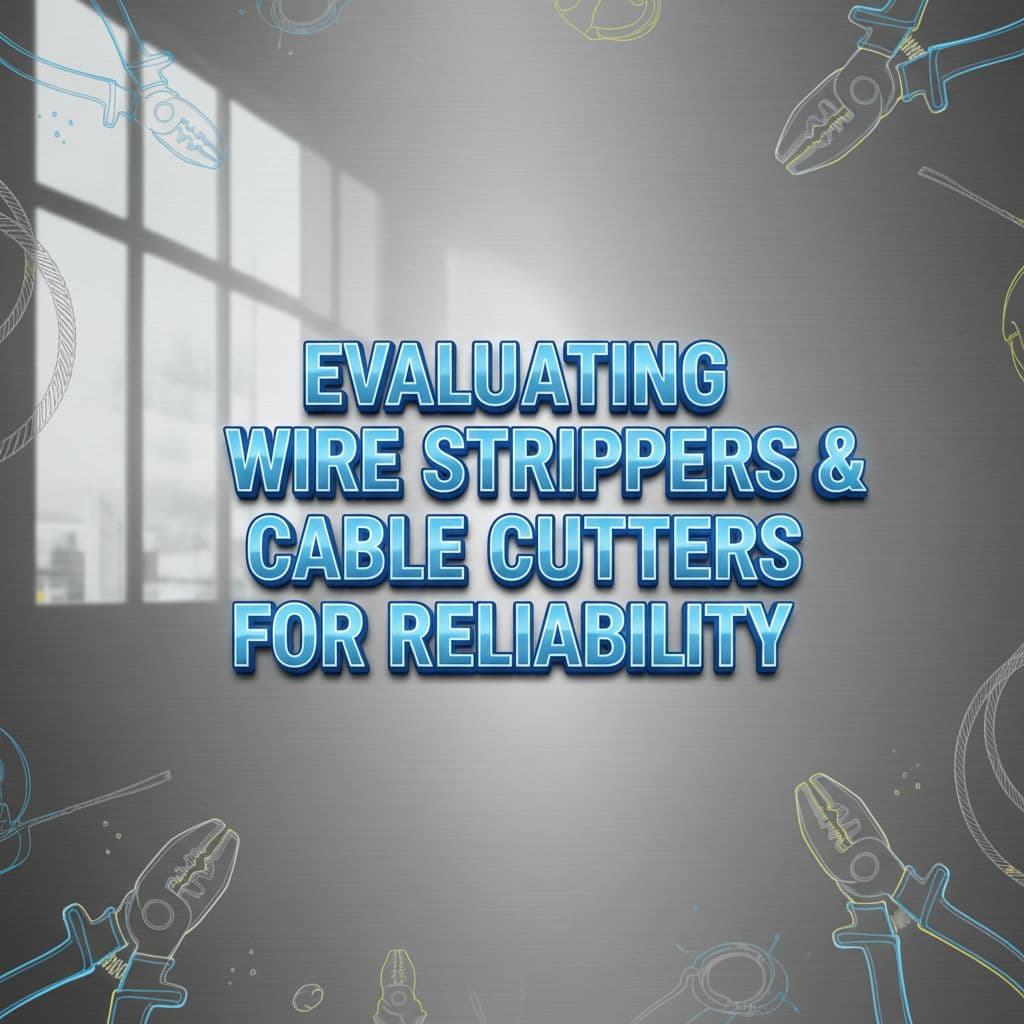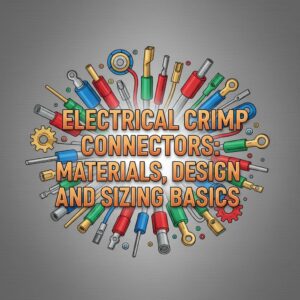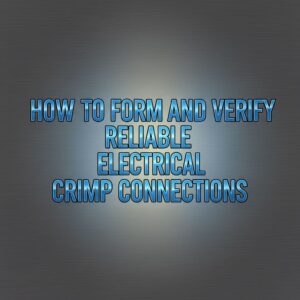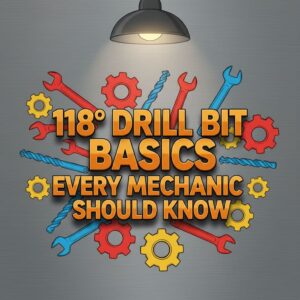A shop-floor look at what defines a reliable electric wire stripper & cable cutter for Orange County, N.Y. MRO mechanics.
Every maintenance shop eventually faces the same wiring issue — too many steps, too many tools. You cut the cable, then strip insulation, then realize the cutters are back on the bench. The work’s not complex, but the wasted motion adds up.
Look for a tool that eliminates that extra step. The best option is one that cuts and strips in the same frame — solid, precise, and compact enough for daily use. When you’re working tight spaces or short on time, one dependable motion beats two half-steps every time.
In maintenance terms, every saved motion protects uptime. When a tool keeps crews working instead of walking, it becomes part of reliability, not just convenience.
Most MRO crews handle electrical repair in some form, from rewiring fixtures to rebuilding harnesses on trucks or control panels. A single tool that handles both stripping and cutting brings order to that chaos — fewer tools to carry, less downtime between connections.
During a service call to a highway department in Cornwall, N.Y., I saw the need firsthand. The head mechanic was replacing corroded wiring after plow season and stopped mid-job to ask if there was one tool that could handle both jobs.
“He asked if there was one tool that could handle both jobs,” I told him. “I said there is — a single insulation stripper with built-in cable shears. One unique tool that cuts clean, strips true, and saves time on every run.”
That short exchange sums up what most maintenance pros eventually learn — efficiency doesn’t come from working faster; it comes from cutting out the repeat steps that never should have been there in the first place.
How It Works
When choosing this kind of tool, look for a plier-style design that feels sturdy, not delicate. It should strip insulation and cut cable within the same body — one continuous action, not two separate motions. That combination is what gives it balance and control in everyday shop work.
Check that the jaws handle the right wire range for your environment. A good one will manage single, multi, or fine-stranded conductors with plastic or rubber insulation up to about 5.0 mm in diameter or 10 mm² cross-section. That covers nearly all the wiring you’ll see in lighting, vehicle, and control panel applications.
Make sure the tool includes clear length guides — typically 11 mm and 16 mm marks — so each stripped conductor is uniform. That consistency avoids over-exposed copper and keeps your terminals tight and professional.
Look for adjustable control at the stripping head. A knurled screw and lock nut should let you set the cut for solid or stranded wire and hold that position through repeated use. That adjustment prevents nicked strands and maintains precision no matter how many cables pass through in a day.
Check that it includes integrated cable shears within the same head. Those should cut copper or aluminum cable up to about 15 mm diameter, producing a smooth, round end that fits connectors without trimming.
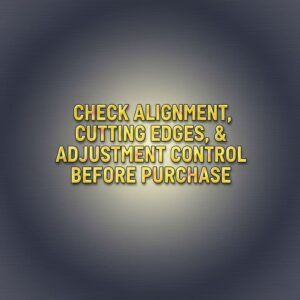
In tight spaces, reach and handle sweep matter more than force. Choose a tool with narrow jaws and short travel so you can maneuver behind panels, inside conduits, or under dashboards without strain.
The joint should be tight but smooth — a bolted pivot that keeps alignment straight without binding. When it closes evenly and feels predictable, you’ll know it’s built right.
Finally, pay attention to build quality. Forged, oil-hardened tool steel keeps its edge and holds calibration through heavy use. It doesn’t flex, rattle, or wear quickly, and that’s what separates a professional tool from the disposable kind.
Where It Fits in MRO Work
You’ll find this type of tool useful in almost every maintenance setting that deals with wiring. In machine and control cabinet work, it delivers consistent strip lengths and smooth cuts for quick terminal prep without reaching for multiple tools.
In fleet or vehicle maintenance, it eliminates the back-and-forth during light or connector repairs. One tool in hand keeps the rhythm steady — cut, strip, crimp, move on.
For facility maintenance and lighting retrofits, it reduces what you carry up ladders or lifts. Less clutter in the pouch means less fatigue and fewer chances of dropping tools mid-job.
In field repair work, especially when space is tight or access is limited, one dependable hand tool can make the difference between a quick fix and a wasted hour. A well-made cutter-stripper combination becomes the standard tool you rely on without thinking.
Across all MRO environments, this design simplifies workflow, standardizes results, and keeps electrical repairs efficient and predictable. It’s not about buying something new — it’s about recognizing what to look for when choosing the right tool for the job.
The Takeaway
Electrical maintenance rarely happens in perfect conditions. The work’s repetitive, time-bound, and often done under poor lighting or cramped spaces. Tools that remove unnecessary steps have real value.
A single insulation stripper with built-in cable shears meets that need because it replaces repetition with control. When you’re the one holding the tool, that control translates directly into cleaner results, shorter jobs, and fewer do-overs.
That’s the real gain — not speed, not gimmicks, just precision made simpler.
Standardizing on one proven design also reduces training differences between crews, so every technician approaches the job with the same reliable process.
